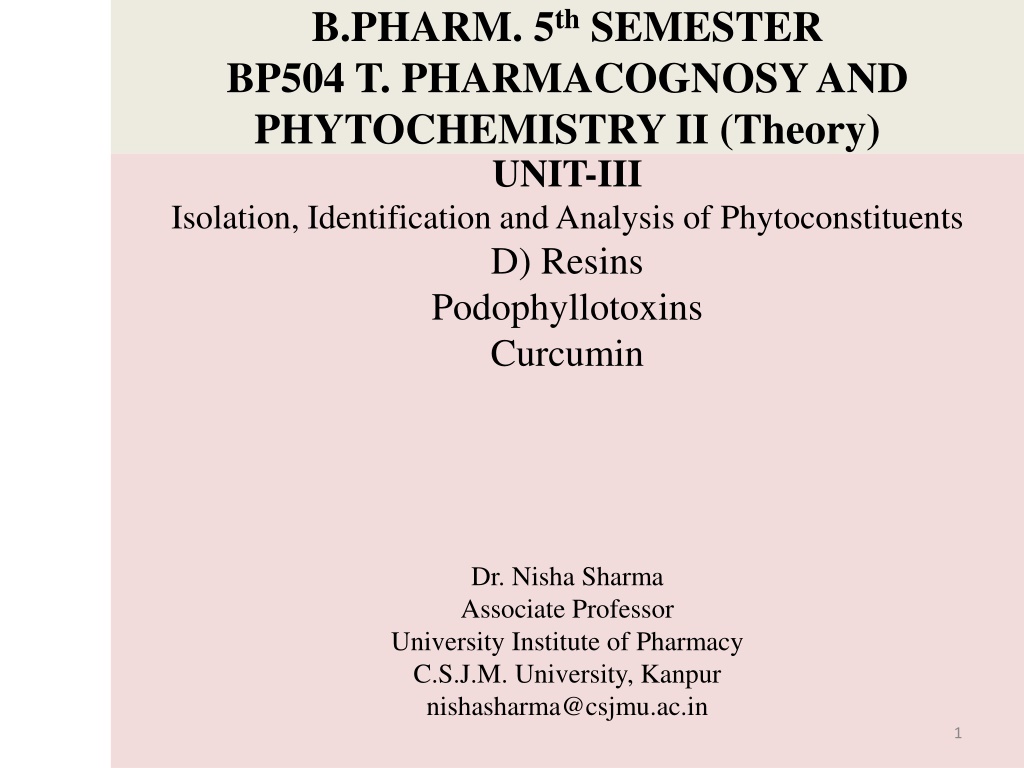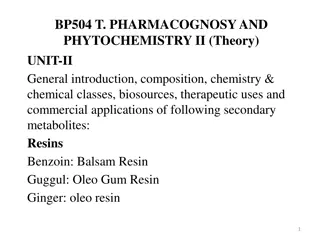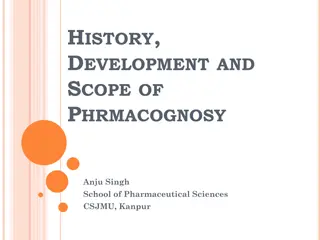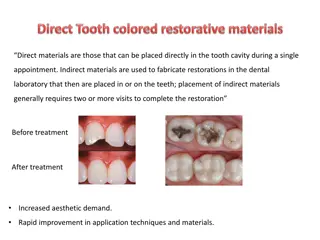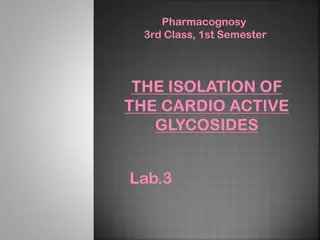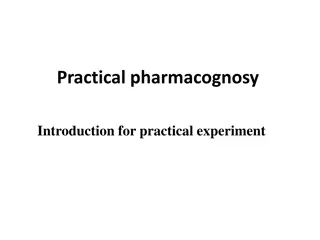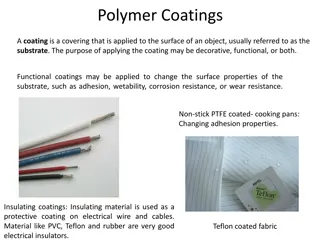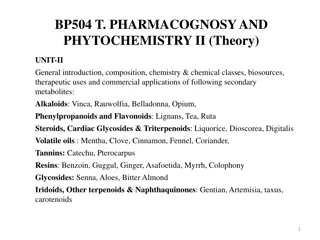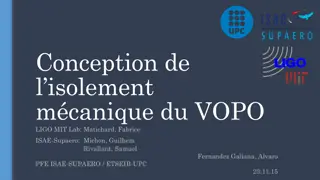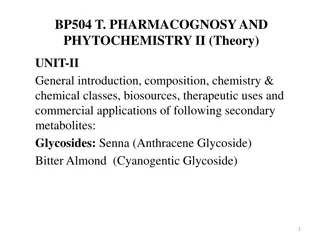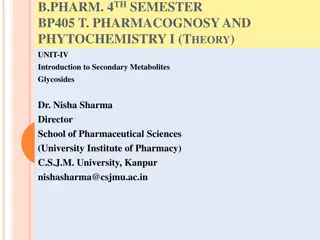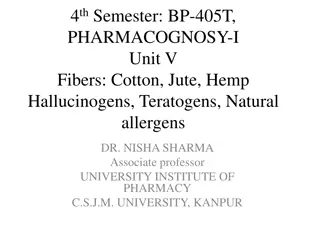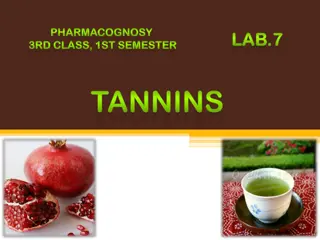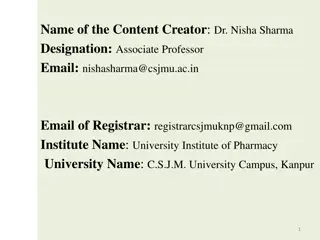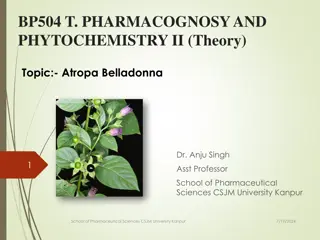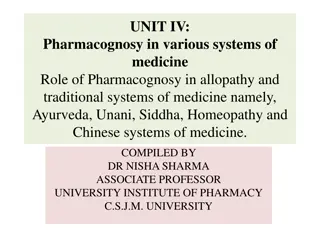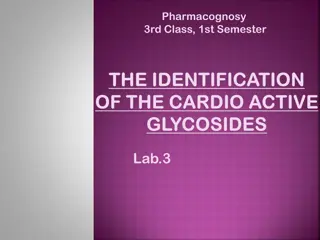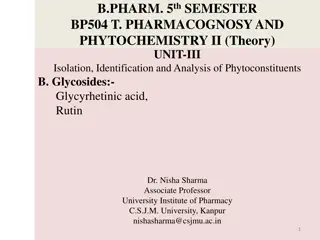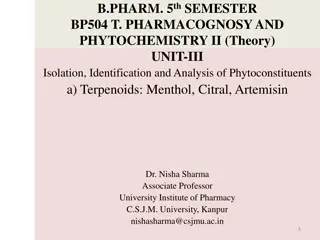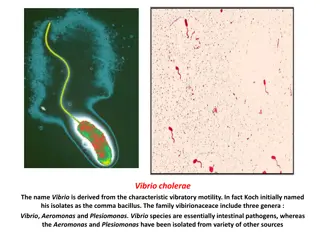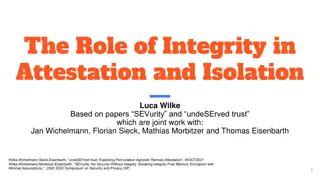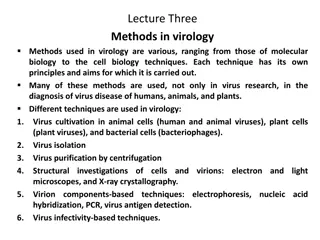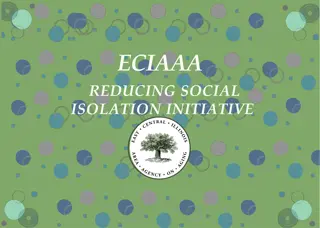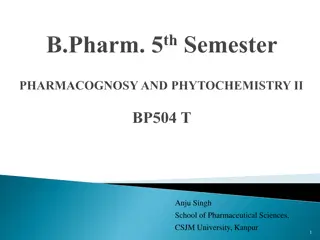Isolation and Analysis of Podophyllotoxins from Resins in Pharmacognosy
Pharmaceutical resins like podophyllotoxins are obtained from plants using various extraction methods. Podophyllotoxin, a key compound, is isolated from Podophyllum roots using solvents and precipitation techniques. The properties and analysis of podophyllotoxin are also discussed, including identification tests and analytical methods like TLC and HPLC.
Download Presentation

Please find below an Image/Link to download the presentation.
The content on the website is provided AS IS for your information and personal use only. It may not be sold, licensed, or shared on other websites without obtaining consent from the author. Download presentation by click this link. If you encounter any issues during the download, it is possible that the publisher has removed the file from their server.
E N D
Presentation Transcript
B.PHARM. 5thSEMESTER BP504 T. PHARMACOGNOSY AND PHYTOCHEMISTRY II (Theory) UNIT-III Isolation, Identification and Analysis of Phytoconstituents D) Resins Podophyllotoxins Curcumin Dr. Nisha Sharma Associate Professor University Institute of Pharmacy C.S.J.M. University, Kanpur nishasharma@csjmu.ac.in 1
RESINS: Extraction and Isolation: Pharmaceutical resins are obtained from the plants and animals by following methods. Method 1: A Powdered drug is extracted with alcohol, filtered and concentrated. Then concentrated extract is shacked with excess of water to get precipitated. This method is used for extraction of Jalap, Podophyllum, ipomoea, etc. Method 2: By distillation for separation of oil, e.g. Colophony, copaiba, etc. Method 3: By heating the plant part, e.g. Guaiacum etc. Method 4: As plant exudates by incision, e.g. Myrrh, Balsam, etc.
PODOPHYLLOTOXIN Biological source: Podophylotoxin is the lactone resin present in the root and rhizome of Podophyllum hexandrum and P. emodi, belongs to family Berberidaceae. Podophyllum resin contains not less than 40% and not more than 50% of podophyllotoxin
PODOPHYLLOTOXIN Isolation: Required quantity of rhizomes or roots of P. emodi is taken with methanol, filtered it and evaporated to semisolid mass. Semisolid mass is dissolved into acidic water. Precipitate is formed which should be allowed for at least for 2hrs., filtered it and the filtrate is washedwith cold water. The residue is collected, washed with acidified water and dry to obtain dark brown amorphous powder. Then the residue is extract with hot alcohol, filtered and evaporated to dryness. Finally residue is re- crystallise in benzene to yield podophyllotoxin
PODOPHYLLOTOXIN Properties: Appearance: White to off-white solid Odour: Characteristic Taste: Bitter Solubility: It is soluble in acetone, benzene; very soluble in ethanol, chloroform; slightly soluble in water; insoluble in ethyl ether Identification by chemical test: Sample drug + 50% H2SO4 violet-blue color
PODOPHYLLOTOXIN Analysis by TLC Sample preparation : 1mg of Podophyllotoxin is dissolved in 1ml of methanol Standard sample : Podophyllotoxin Stationary phase : Silica gel-G Mobile phase :Chloroform: Methanol (90:10) for about 6cm (Only glycosides are separated but aglycone like podophyllotoxin remains in the region of the front. (TOULENE :ETOAC::5:7) The same plate is again eluted with more weakly polar Solvent Chloroform: Acetone (65:35) upto 12cm. Detecting agent : Spray with methanol H2SO4 . heat 10 min at 110 C RF Value : 0.65 Color spot : Yellow spot Analysis by HPLC Method : Isocratic Stationary phase : C18 column Mobile phase : Methanol: water (6:4) at flow rate 0.8ml/min. Detection : Photodiode detector at 283nm
PODOPHYLLOTOXIN Utilization: Podophyllotoxin and its derivatives are used as cathartic, purgative, antiviral agent, vesicant, antihelminthic, and antitumor agents (antiproliferative agent). Storage condition: It should be store in well closed and air-tight containers protected from light and in cool place.
Curcumin: Bright yellow Biological source: Curcumin or Curcuminoids are the diaryl hepnoid compounds obtained from the dried rhizomes of Turmeric, Curcuma longa, belongs to family Zingiberaceae. Curcumin is the major colouring principle present upto 5% in the rhizomes. It is a mixture of curcumin, monodesmethoxycurcumin and bisdesmethoxycurcumin
Curcumin Curcumin can be obtained by different processes. Method 1: Turmeric powder is extracted with n-hexane for 2hrs., filtered it and discarded n-hexane extract. Then marc is extracted with acetone for 2hrs. The acetone extract is distilled off and dried the crystals of curcumin. It is recrystallized from hot ethanol to yield orange red needles. Method 2: Turmeric powder is extracted with pure alcohol by Soxhlet extractor until colouring matter is removed.
Curcumin Alcoholic extract is filtered and concentrated under reduced pressure to semisolid residue. This residue is dissolved in sufficient quantity of benzene. Benzene portion is transferred to separating funnel and 0.1% NaOH solution is added, shacked slowly. The alkali layer is separated and repeated it twice. Combined alkali layer and acidify with HCl, yellow colour precipitate is formed. The extract is concentrated with continious stirring; lumpy mass of resin will be separated out. The extract is filtered and evaporated the filtrate to get crystal of pure curcumin
Curcumin Properties: Appearance: Orange yellow crystalline powder Odour: Characteristic Taste: Slightly pungent bitter Solubility: Insoluble in water and ether, but soluble in alcohol Identification by chemical test: Sample is treated with acetic anhydride and conc. H2SO4, it gives violet color. When this test is observed under UV light, red fluorescence is seen
Curcumin Analysis by TLC: Sample preparation : 1mg of Curcumin is dissolved in 1ml of methanol Standard sample : Curcumin Stationary phase : Silica gel-G Mobile phase : Chloroform: Ethanol: Glacial acetic acid (94:5:1) Detecting agent : Observed under U.V light at 366nm RF Value : 0.79 Analysis by HPLC Method : Isocratic Stationary phase : C18 column Mobile phase : Methanol: 2% Acetic acid and Acetonitrile Detection : UV-Visible detection 425nm
Curcumin Utilization: It is used as ant-inflammatory, anti arthritic, antimicrobial and antioxidant. It is also used against peptic ulcer, wound healing. Storage condition: It should be store in well closed and air-tight containers protected from light and in cool place.
References Lecture notes by Mr. Ashutosh Meher, Associate professor, Barpali, Bargarh, Odisha 16
